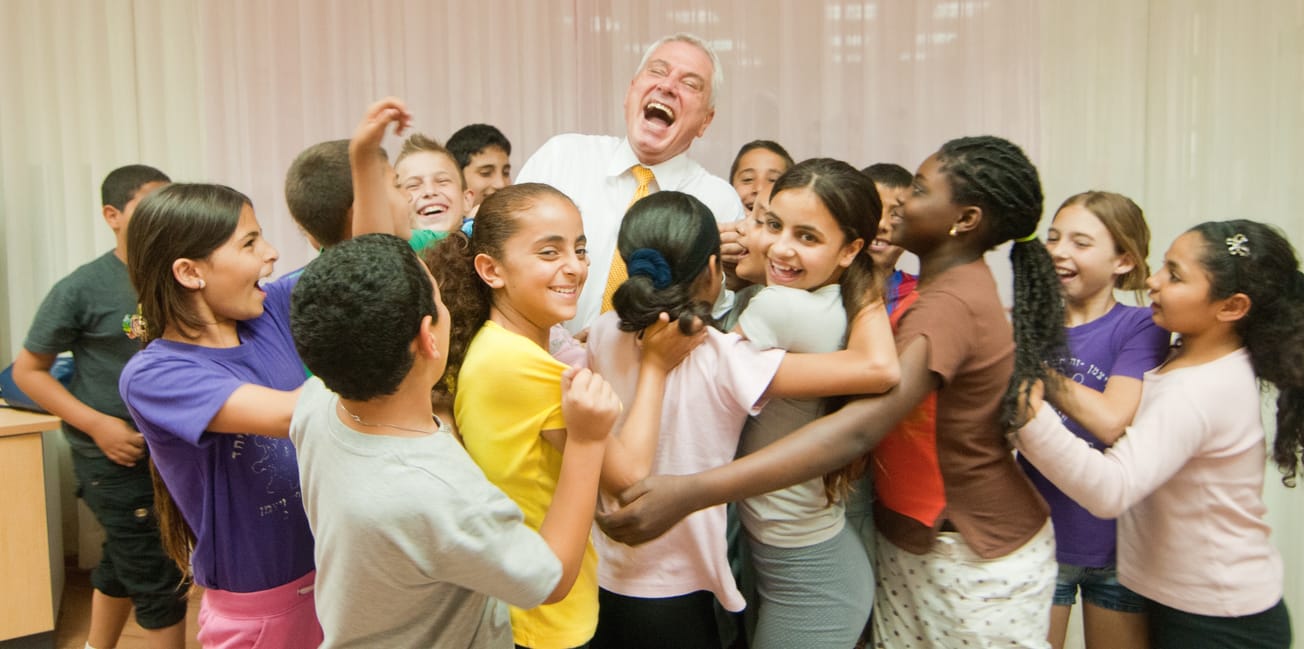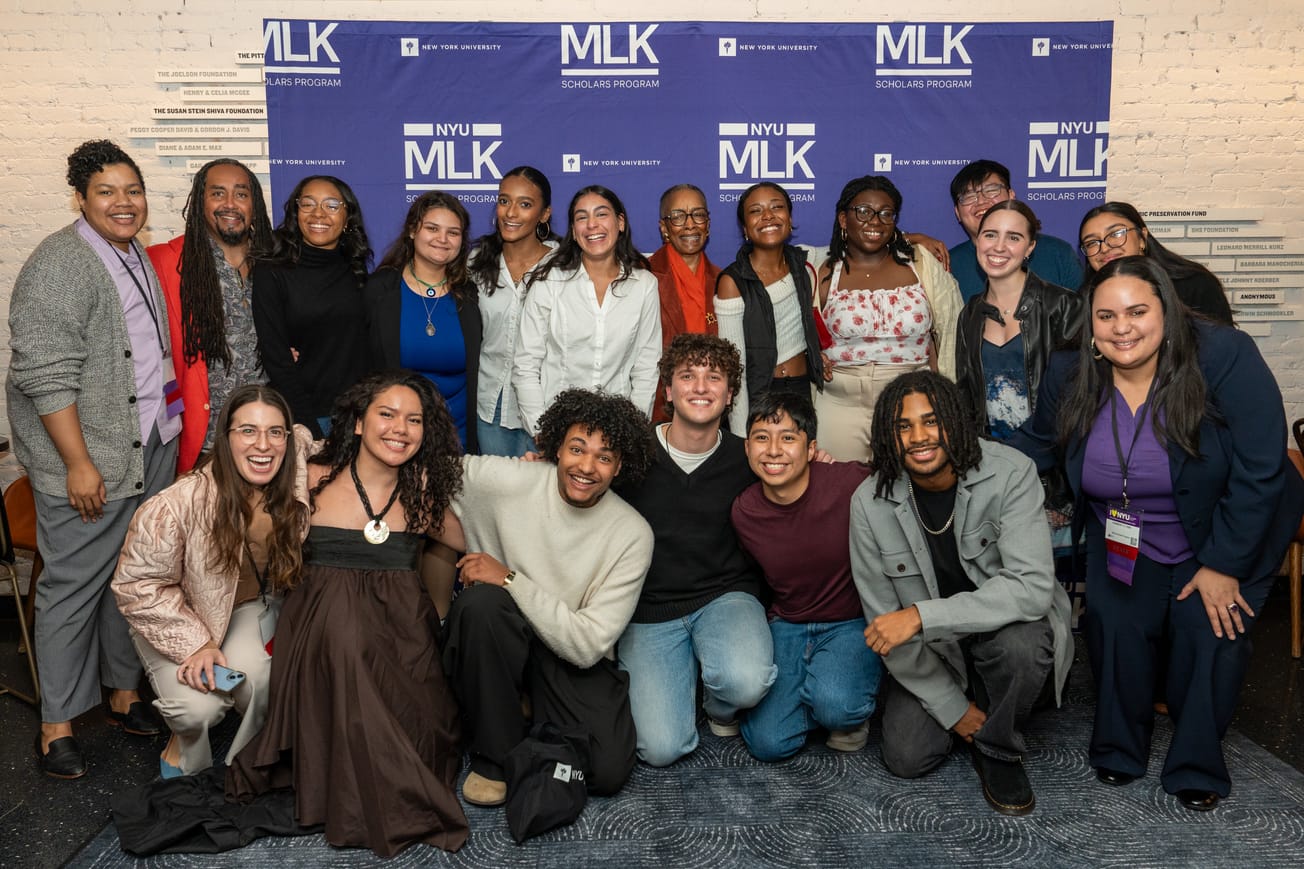In the face of a declining demand for higher education, institutions are feeling the heat. The answer may lie in an often underestimated yet powerful catalyst for personal and academic growth – arts education. As leaders in higher education grapple with the challenge of the demand cliff, it's crucial to recognize the role of arts education in inspiring students to pursue further studies after high school.
Recent trends indicate a concerning decline in college enrollment rates, with the immediate college enrollment rate dropping from 70 percent to 62 percent between 2016 and 2021. While a few factors contribute to this decline, changing attitudes toward education, especially among younger Americans, play a significant role. Skepticism about the value of higher education, concerns about student debt, and a national debate on loan forgiveness have led to a shift in perspective.
Amidst these challenges, improving K-12 arts education nationally might unlock some real solutions for institutions and advocates worried about the cliff. Studies consistently show that students engaged in arts programs develop essential skills such as creativity, critical thinking, and problem-solving. Beyond fostering artistic talents, arts education cultivates well-rounded individuals equipped with the tools to navigate an increasingly complex world.
Data points affirm this impact, with students involved in the arts being more likely to pursue higher education. A holistic approach to education, where arts are integrated into the curriculum, has been shown to positively influence students' attitudes toward learning, leading to higher rates of college attendance.
In framing the discussion around the demand for higher education, it's crucial to highlight the return potential of arts education. While economic factors are often at the forefront of this conversation, arts education contributes to the development of skills that are highly valued in the job market. The ability to think creatively, communicate effectively, and adapt to diverse challenges positions individuals for success in various fields.
To address the demand cliff meaningfully, community leaders and education advocates should look beyond the traditional focus on STEM (Science, Technology, Engineering, and Mathematics) fields. Creating interdisciplinary programs that blend arts with other disciplines, like coding, can attract a broader range of students and better align with evolving demands.
And of course, institutions must adapt their delivery models to support a diverse student population. Recognizing that not all students follow a traditional academic path, offering alternative options such as micro-credentials and accelerated degree programs can meet the needs of a changing demographic.
As higher education institutions navigate the demand cliff, arts education emerges as a tool to reignite interest and enthusiasm for learning. Beyond the economic considerations, the intrinsic value of arts education lies in its ability to shape well-rounded individuals with a passion for continuous learning. By embracing arts education, political leaders, community advocates, and institutions can not only address the challenges posed by the demand cliff but also foster a generation of students poised for success in an ever-evolving world.






